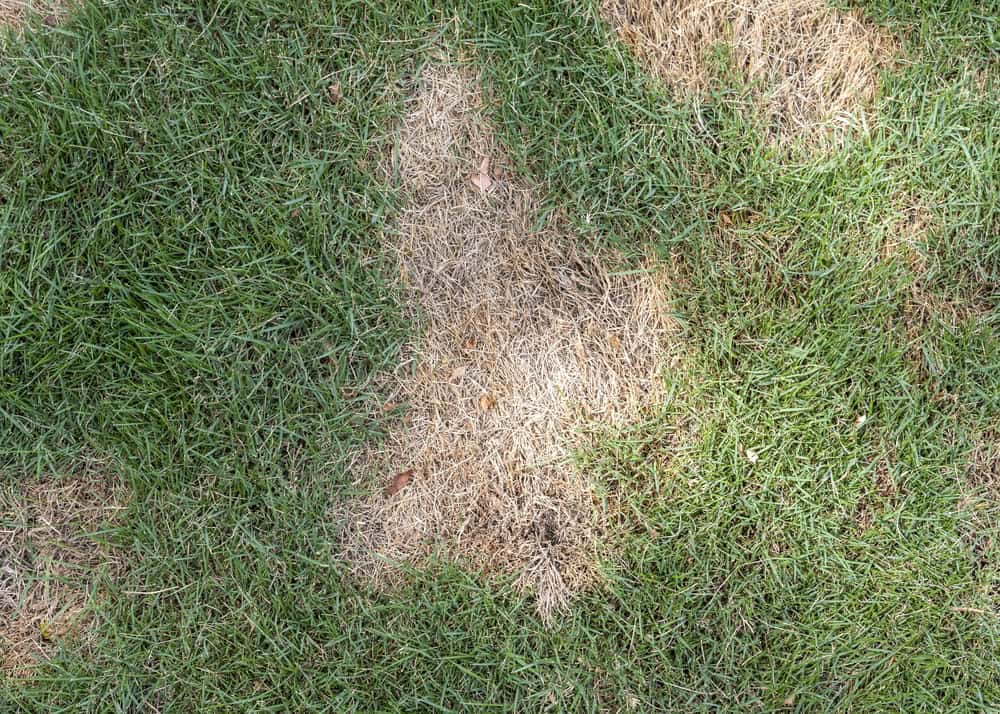
Identifying Brown Spots in Lawns
Understanding the Problem
Brown spots in lawns are a widespread and often frustrating issue for Texas homeowners. They can appear without warning, sometimes overnight, and quickly spread if left untreated. In addition to detracting from your lawn’s visual appeal, these discolored patches are often a sign that your turf’s overall health is declining. Once they develop, brown spots can create an uneven, patchy appearance that diminishes curb appeal and can lead to costly repairs if the underlying problem is not resolved.
The causes of brown spots are varied and can be complex. They may result from fungal diseases, insect infestations, improper watering practices, nutrient deficiencies, pet urine damage, or extreme environmental conditions like heat and drought. In many cases, multiple factors work together to weaken grass and allow discoloration to take hold.
Identifying the exact cause requires close observation and sometimes professional assessment. Homeowners can start by looking for telltale signs such as the shape and spread of the patch, the condition of the grass blades, and soil moisture levels to narrow down potential culprits. Acting quickly is critical; early diagnosis can stop the problem from worsening, reduce treatment costs, and speed up the recovery process. Whether through simple residential lawn care adjustments or targeted services like fertilization and weed control, prompt action ensures your lawn has the best chance to regain its lush, green appearance.
For complex cases involving pests or recurring diseases, partnering with a trusted local expert such as Conroy’s Lawn and Landscape can ensure accurate diagnosis and effective, long-lasting solutions.
Common Causes of Brown Spots
Fungal Diseases
Diseases such as brown patch, dollar spot, and rust are frequent in Texas, thriving in warm, humid conditions or overwatered lawns. Brown patch often appears as large, roughly circular areas of tan or brown grass with a darker edge. Dollar spot presents as smaller, silver-dollar-sized spots that can merge into larger areas, while rust appears as orange or reddish dust on grass blades. Prompt application of fungicides and adjusting watering practices can reduce their impact.
Lawn Pests
Insects like chinch bugs and grubs can cause severe lawn damage. Chinch bugs feed on grass blades, injecting toxins that block water movement, leading to yellowing that turns brown. Damage usually starts near paved areas and moves inward. Grubs feed on grassroots, causing grass to wilt and pull up easily. Regular inspections and integrated pest management can control outbreaks. Learn more in our Texas lawn pests guide.
Irrigation Issues
Water stress from overwatering, underwatering, or uneven sprinkler coverage can cause irregular brown patches. Overwatering suffocates roots and promotes disease, while underwatering leaves grass dry and brittle. Poor irrigation coverage can leave some areas lush while others dry out. Regular audits prevent problems. See our article on drought stress vs. overwatering.
Pet Urine Damage
Dog urine contains concentrated nitrogen, which in small doses can fertilize grass but in excess burns it, creating small brown spots surrounded by a ring of dark green grass. Flushing spots with water immediately and training pets to use designated areas can minimize damage.
Heat and Drought Stress
Intense Texas summer heat and prolonged drought can stress grass, causing brown areas, especially in full-sun locations or on south-facing slopes. Increasing watering frequency, mulching, and avoiding mowing too short can help. See how we support lawns in Southlake, Trophy Club, and North Richland Hills with tailored solutions.
How to Diagnose the Cause
-
Check Soil Moisture: Use a soil probe to test depth. Shallow penetration indicates inadequate watering, while soggy soil may suggest overwatering.
-
Inspect Grass Blades: Chewed edges may indicate pests, lesions suggest fungal infection, yellowing tips could mean nutrient deficiency.
-
Observe Patterns: Circular patches often indicate fungus, while irregular shapes may reflect irrigation or sun exposure.
-
Lift the Sod: Turf that pulls up easily without roots often signals grub damage.
Effective Solutions
-
Fungal Treatment: Apply fungicides and improve airflow by pruning nearby plants. Avoid late-day watering.
-
Pest Control: Use targeted insecticides for chinch bugs and apply grub control at the right stage.
-
Irrigation Adjustment: Conduct a sprinkler audit and water deeply but infrequently.
-
Pet Spot Repair: Flush with water, reseed, or sod damaged areas.
-
Heat Stress Relief: Raise mowing height, water early in the morning, and mulch to retain soil moisture.
Professional commercial lawn care and residential lawn care programs are especially effective for persistent issues.
Prevention Tips
Preventing brown spots starts with building a resilient lawn. Maintain a fertilization and seasonal weed prevention schedule, mow at the correct height, aerate regularly, and control thatch. Regular inspections catch early stress before it spreads.
When to Call a Professional
If brown spots persist or worsen, it’s time to seek expert help. At Conroy’s Lawn and Landscape, we provide tailored lawn care services for communities from Watauga and Grapevine to Colleyville, Bedford, and Westlake. Our team delivers expert diagnosis and targeted treatments for year-round lawn health.
Conclusion
Brown spots in Texas lawns can result from disease, pests, or environmental stress. Accurate diagnosis, combined with timely treatments, is key to restoring curb appeal. With consistent professional care and proactive maintenance, your lawn can thrive through every Texas season.

